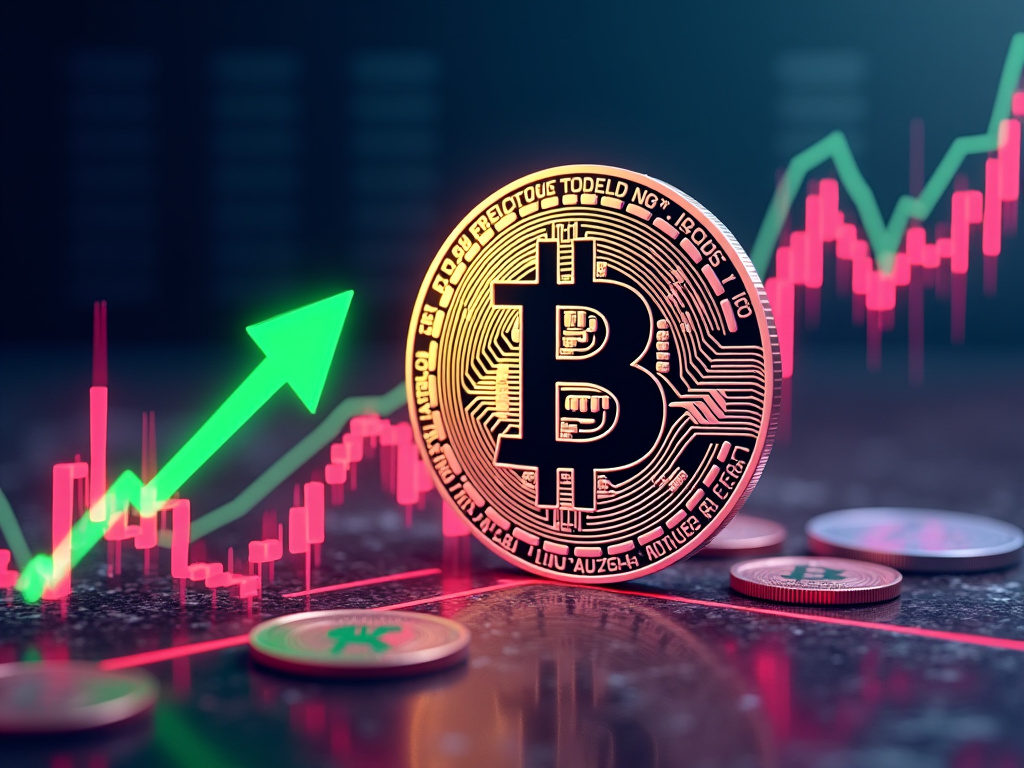Key Points
- Stablecoin market capitalization reached $164 billion in July 2024, marking the tenth consecutive monthly increase and the highest level since April 2022. This indicates strong market confidence and adoption.
- Regulatory compliance is becoming increasingly important. In 2024, around 80% of stablecoins in circulation adhered to at least one form of regulatory compliance, up from 60% in 2023.
Steady Growth and Market Dominance
The stablecoin market has been growing steadily, with July 2024 marking the tenth consecutive month of expansion. The total market capitalization of stablecoins rose by 2.11% to reach $164 billion, the highest level since April 2022. This growth has led to stablecoins’ market dominance rising to 6.93% of the overall cryptocurrency market.
Tether (USDT), the largest stablecoin by market cap, increased by 1.61% to $116 billion, marking a new all-time high for USDT and its eleventh consecutive monthly increase. USDT’s market dominance now stands at an impressive 74% of the stablecoin market.
Other stablecoins are also showing significant growth. USD Coin (USDC), the second-largest stablecoin, has seen a notable market cap and trading volume increase. USDC now accounts for 21% of the market share among the top 10 stablecoins by market capitalization, benefiting from its compliance with the Markets in Crypto-Assets (MiCA) regulations in Europe.
Adoption Trends and Use Cases
The growth in the stablecoin market is not just about numbers; it’s also about expanding use cases and adoption trends:
- Emerging Markets: Stablecoins like Tether’s USDT are gaining widespread adoption in countries facing currency instability, such as Brazil, providing financial stability and inclusion.
- E-commerce: Approximately 15% of e-commerce transactions are now processed using stablecoins, reflecting their growing acceptance among online merchants and consumers.
- DeFi Applications: The total value locked in stablecoin lending platforms reached approximately $52 billion in 2024, indicating robust growth in decentralized finance applications.
- Institutional Adoption: Major financial institutions are deepening their engagement with stablecoins. PayPal’s PYUSD and Visa’s integration of stablecoins into their payment systems are notable examples. Additionally, institutions like BlackRock and Franklin Templeton are investing in DeFi startups, signaling a new phase of institutional engagement in the stablecoin market.
Regulatory Landscape and Future Prospects
As the stablecoin market grows, so does the focus on regulation and compliance:
- Compliance Rates: Around 80% of stablecoins in circulation adhered to at least one form of regulatory compliance in 2024, up from 60% in 2023. This trend reflects increasing regulatory scrutiny and efforts to ensure transparency and consumer protection.
- Global Regulatory Developments: Various countries are developing regulatory frameworks for stablecoins. For instance, Hong Kong’s Financial Services and the Treasury Bureau (FSTB) and the Hong Kong Monetary Authority (HKMA) have published consultation conclusions on a proposed regulatory regime for stablecoin issuers. Switzerland’s Financial Market Supervisory Authority (FINMA) has issued new guidance requiring banks’ default guarantees and identity verification for all stablecoin holders.
- Legislative Measures: The introduction of legislative measures like the Lummis-Gillibrand Payment Stablecoin Act in the United States indicates a move towards more straightforward regulatory frameworks for stablecoins, which is expected to legitimize the market further and stabilize it.
Conclusion
The future of the stablecoin market looks promising, driven by technological advancements, increased institutional investment, and expanding use cases. As stablecoins become more integrated into decentralized finance (DeFi) and traditional financial systems, they are expected to play a pivotal role in the future of global finance. The ongoing developments in regulatory frameworks and technological innovations will likely enhance stablecoins’ stability, efficiency, and inclusivity, making them a cornerstone of the digital economy.












